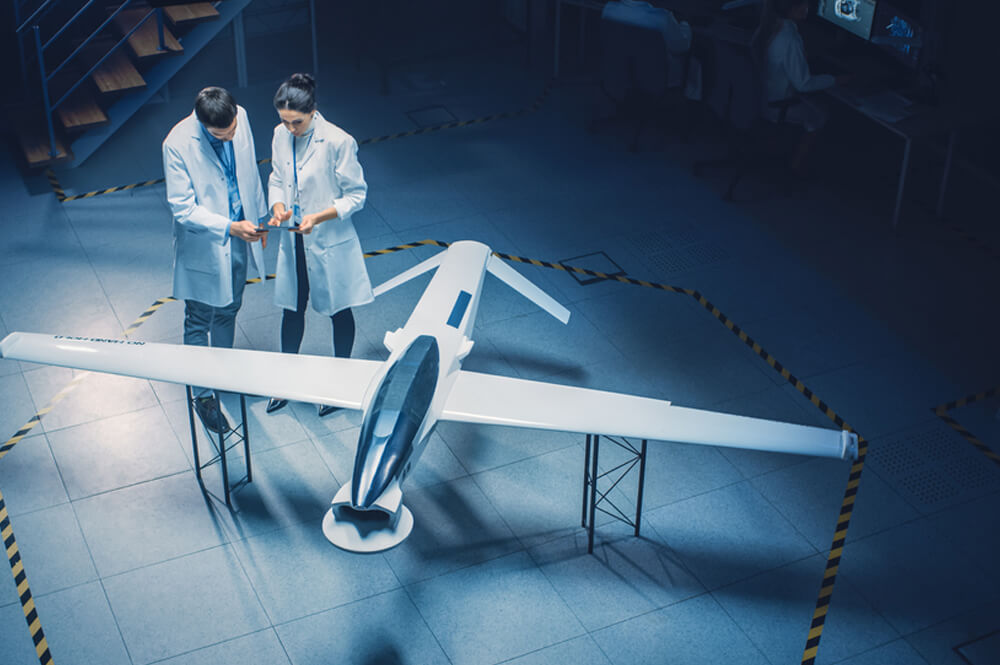In an era where space exploration has become a cornerstone of scientific advancement, the application of AI in predictive orbital decay tracking is gaining prominence. Understanding how artificial intelligence (AI) contributes to the tracking and management of orbital decay is essential for ensuring the longevity and safety of satellites and other celestial bodies in Earth’s orbit. This article will delve into the capabilities and advantages of AI in this field, offering insights into its role in the future of space exploration.
![]()
The Importance of Orbital Decay Tracking
Orbital decay refers to the gradual reduction in the altitude of a satellite’s orbit. This phenomenon can result from various factors, including atmospheric drag, gravitational perturbations, and solar radiation pressure. Accurate tracking is crucial as it determines the operational lifespan of satellites and prevents potential collisions with other space objects.
Challenges in Traditional Tracking Methods
Traditionally, orbital decay tracking has relied on mathematical models and manual observations. While effective, these methods can be labor-intensive and prone to errors. The increasing number of satellites and debris in space compounds the difficulty, making predictive accuracy more challenging.
How AI Enhances Tracking Accuracy
AI offers a transformative approach by automating and improving the accuracy of orbital decay predictions. It leverages vast amounts of data from various sensors and historical records, processing them with advanced algorithms to predict future orbital paths.
Machine Learning in Space Applications
Machine learning, a subset of AI, plays a pivotal role in this process. By learning from past data, machine learning models can recognize patterns and predict orbital changes with remarkable precision. This predictive capability is invaluable in the proactive management of satellites.
AI’s Role in Collision Avoidance
A significant advantage of AI in this context is its ability to predict potential collisions. By analyzing trajectories and predicting orbital decay, AI systems can alert operators to take corrective actions, such as adjusting a satellite’s orbit to avoid collisions.
Case Study: AI in Action
One notable example is the use of AI by aerospace agencies to manage satellite fleets. These systems continuously monitor and adjust satellite orbits, ensuring optimal performance and safety. For more insights on AI’s role in aerospace, visit AI in Aerospace and Defense.
Future Prospects of AI in Space Exploration
The future of AI in space is promising, with advancements in technology paving the way for more sophisticated applications. As AI systems become more adept at handling complex datasets, their role in ensuring the sustainability of space operations will expand.
Integration with Emerging Technologies
AI’s integration with emerging technologies, such as quantum computing and advanced robotics, holds the potential to revolutionize space exploration. These synergies could lead to even more precise and efficient orbital decay tracking.
Conclusion
The application of AI in predictive orbital decay tracking signifies a pivotal shift in how we manage and understand space activities. By enhancing accuracy, reducing risks, and enabling proactive measures, AI is shaping the future of space exploration. To explore more about AI’s impact in the aerospace sector, visit AI in Satellite Analysis and AI for Thermal Control.
![]()
FAQ
What is orbital decay?
Orbital decay is the gradual decrease in the altitude of a satellite’s orbit, often caused by atmospheric drag and gravitational forces.
How does AI improve orbital decay tracking?
AI enhances tracking by automating data analysis, improving predictive accuracy, and enabling proactive collision avoidance.
What are future prospects for AI in space?
AI’s future in space includes integration with emerging technologies, leading to more precise and efficient space management.

